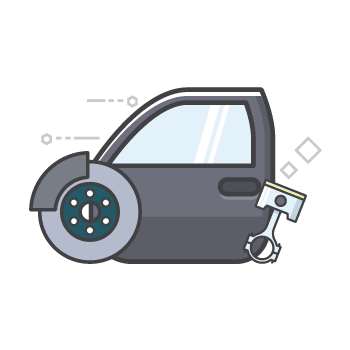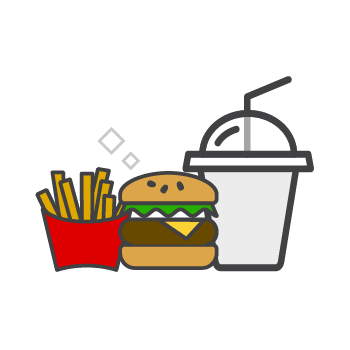How to budget – It’s time to Plan for Financial Stability
by Lou-Ann Jordan Sep 12, 2022

We know the thought of reviewing receipts, bills, and bank and credit card statements can accelerate your heart rate and cause beads of sweat.
These reactions only worsen as we set to work on a much-needed budget. Images of life in the doldrums are imagined as we expect that anything fun must be cut.
Yet, that doesn’t have to be the outcome. Indeed, some restrictions on spending will be required, but you will be fine with a carefully planned and realistic budget and some determination.
This is an easy how-to guide for anyone interested in creating a monthly budget. We know that the purpose of having a financial plan and people’s needs will vary. Therefore, with this in mind, we are sharing three types of budgets, any of which you may find helpful.
Examine them to see which may be most suitable for you. We will also share a few quick tips you can keep in mind as you get started.
Three types of budgets that may be useful in helping you to start saving:
A Bare-bones Budget
There are times when our income dictates that we focus on the necessities of life. Food, clothing, shelter, and transportation are all we can afford. Under such circumstances, we are likely to be living from paycheque to paycheque.
Creating a survival budget can aid as you cut out all non-essential spending until your disposable income increases. While the need for a bare-bones budget may occur from unfortunate situations such as unexpected medical bills or job loss, keeping your essential spending at 50% of your income is a good practice.
The Debt-free Budget
Debt can accumulate for various reasons. The goal is to look beyond the mountain that is surmountable to the point of financial freedom. A budget that focuses primarily on paying off your debt is an excellent tool.
A debt-free budget is best when you have a bit more flexibility with your income. Here your focus is to get out of debt or avoid acquiring debt. The main objective is to spend less—even if you are paying off your debt. With such a plan, you list your essentials along with all debt amounts. Then apply the snowballing, avalanche or other debt-busting strategies steadily working your way through them.
20-30-50 Budget
It is a gradual climb. This budget can be used by those who have freed themselves of debt and can now enjoy more financial freedom. US senator, Elizabeth Warren, popularised the 20-30-50 budget. She discussed its simplicity in her book, All Your Worth.
This financial plan requires you to allocate 50% of your income to essentials, such as food, transportation, and other monthly bills. Next, 20% goes to savings. Yes, 20%. Don’t forget; you’ve got to plan for retirement. Lastly, earmark 30% for personal or lifestyle choices.
Now, here are several helpful tips to keep in mind as you embark on your budgeting journey:
Take a deep breath. Try not to be overwhelmed. Focus on the goal—financial stability. Let it spur you on.
Gather all bills, receipts, and statements. Keep them organised and at hand. These will help in identifying recurring expenses.
Create a ‘needs and wants’ list. Be honest. Clearly distinguish your needs from your wants. The goal is to prioritise.
Know your weaknesses. Some choices and situations have caused you to blow your budget in the past. Being aware of them can help you to combat urges or come up with a viable plan.
Treat savings as an expense. Determine the percentage you would like to save and note it on your budget as an expense.
Be realistic. We all know saving is critical. However, setting impractical goals can result in failing at budgeting, ultimately causing discouragement.
Keep at it. Undoubtedly, there will be moments when you feel disheartened, especially if your expenses seem to supersede your income. Don’t give up. Maintaining a budget is certainly no easy task, but it can be done. Gaining financial stability or freedom is certainly worth the challenge.
To get more information, check with your financial institution and start your new personal finance and budgeting journey today.
Grab a copy of your 2022 St. Lucia Yello Telephone Directory and search our “Banks” heading in the Yellow Pages to find a listing of your financial institution’s number.
You can also get a sneak peek of the new directory and browse the other “how-to” articles for help on how to work from home effectively, get the best night’s sleep and more.
Sources: Careful Cents, Dough Roller, Forbes, and Lifehacker.








